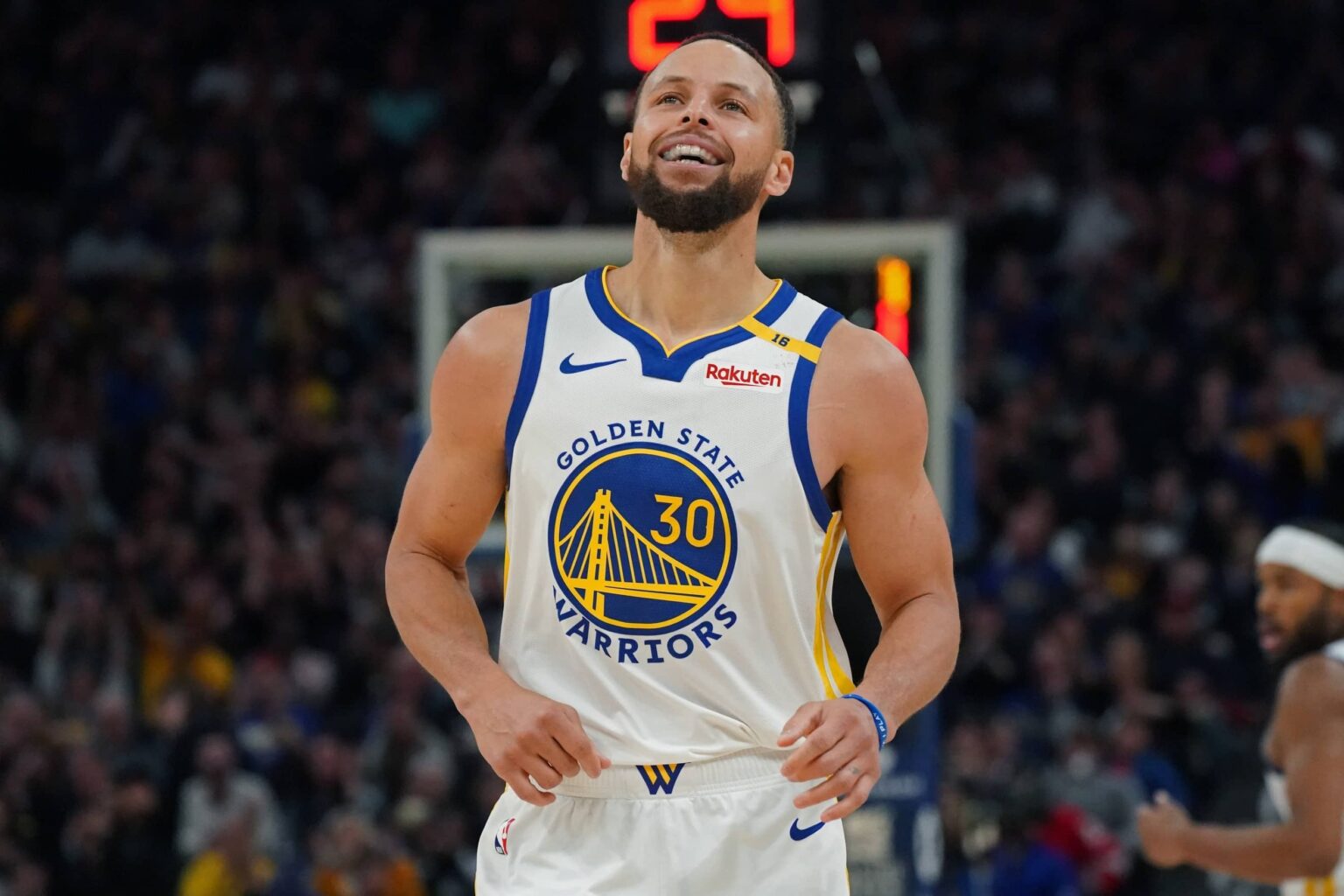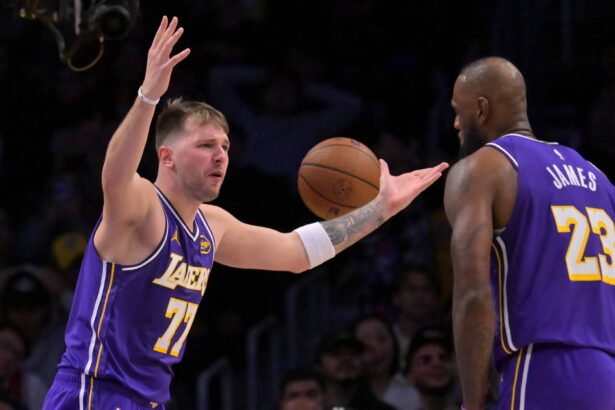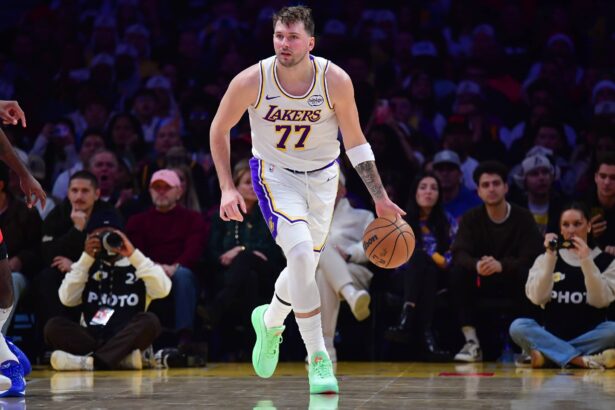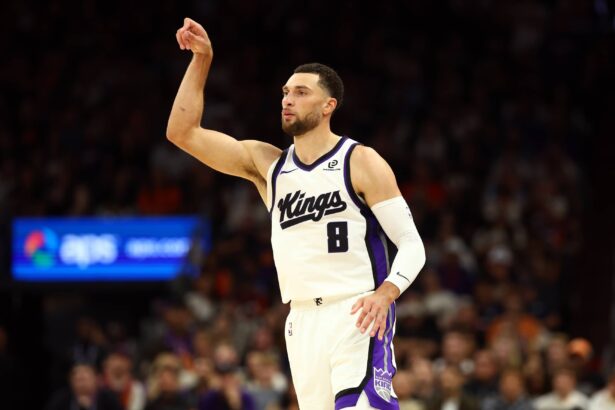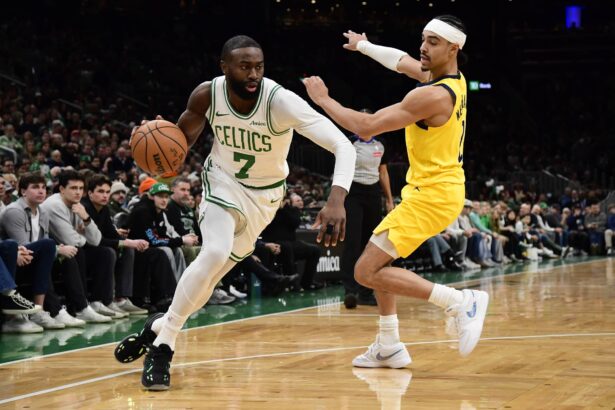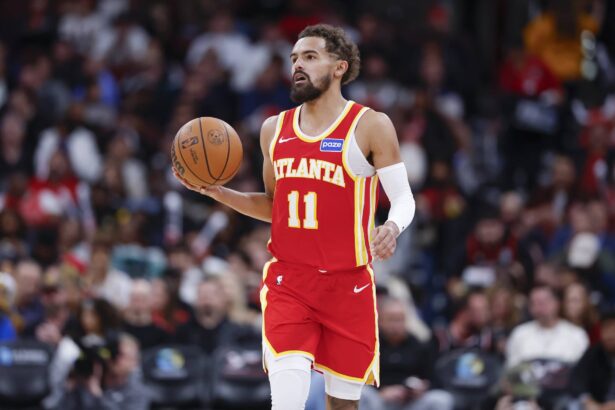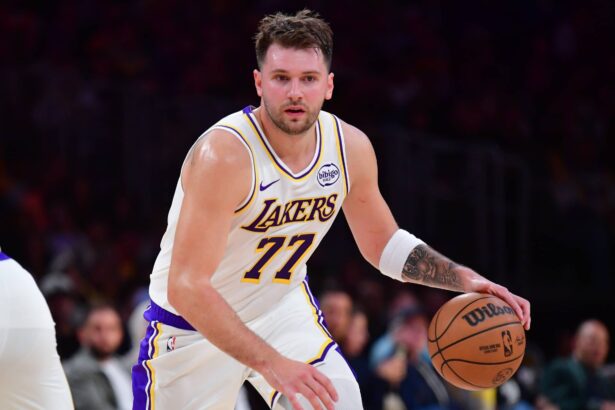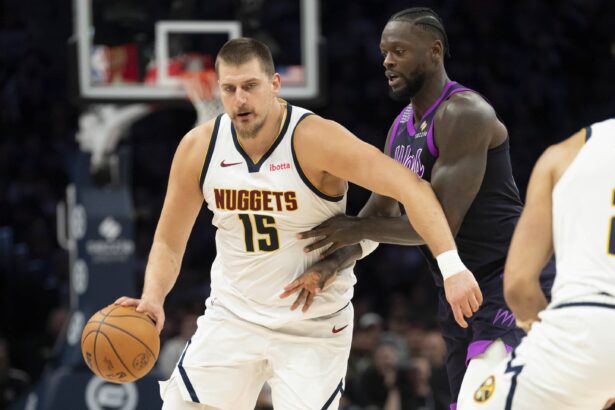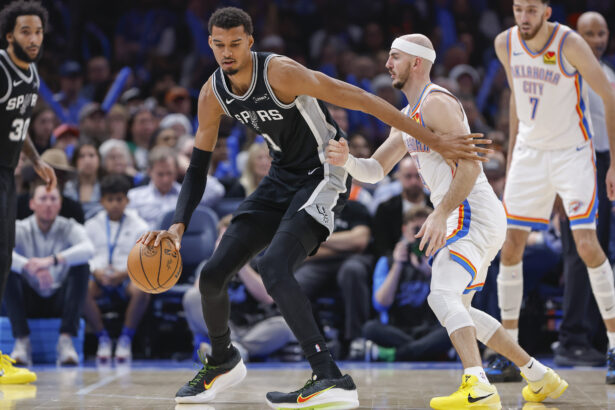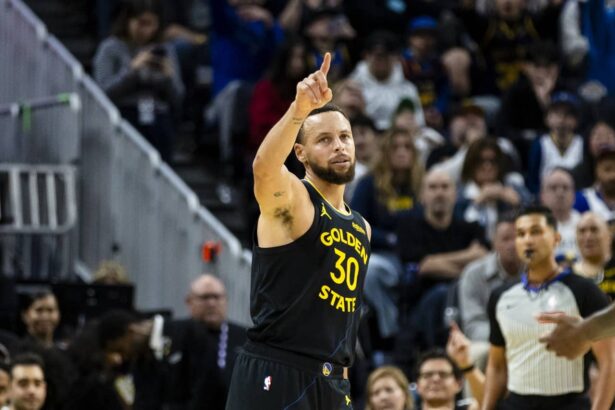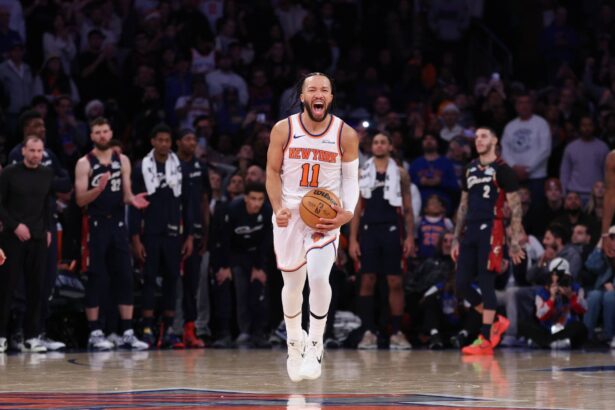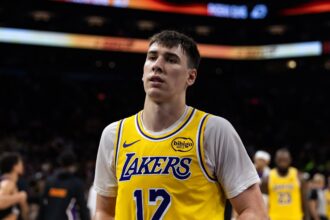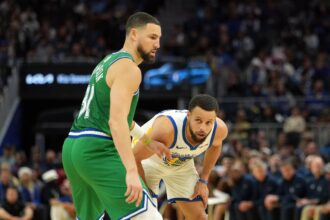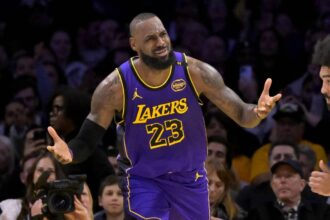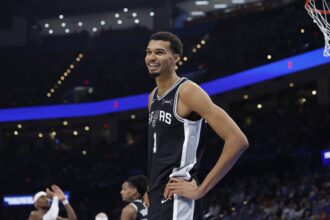In 2013, Nike made one of the most expensive mistakes in sports business history and it centered around a young, rising Stephen Curry. What could have been a straightforward re-signing turned into a brand-altering loss that handed Under Armour one of the most valuable endorsements in basketball history.
At the time, Curry had worn Nike sneakers for the first four years of his career. He was starting to break out as one of the league’s premier shooters, but had not yet won an MVP or an NBA title. Nike’s basketball division which then controlled roughly 90% of the market, had every reason to keep him. Instead, they lowballed their offer, putting $2.5 million per year on the table with no signature shoe guarantee.
The pitch meeting was a real disaster. According to reports, Nike executives, including then-VP Nico Harrison (now Mavericks GM), came in underprepared. Curry’s name was mispronounced as “Steph-on,” a mistake that went uncorrected.
Even worse, the PowerPoint slides had Kevin Durant’s name left over from a previous presentation, signaling to the Curry family that the pitch wasn’t tailored to him. Dell Curry reportedly tuned out midway through, and the decision was made that Steph was leaving.
Under Armour, still a minor player in basketball at the time, saw what Nike didn’t. CEO Kevin Plank made an aggressive $4 million per year offer but the money wasn’t the key. They gave Curry something revolutionary: equity in the company.
This wasn’t just a sponsorship; it was a partnership. Curry would have ownership in his brand, allowing him to share in its long-term success.
When he signed in 2013, Under Armour’s basketball revenue was just $14 million annually. Ten years later, the Curry Brand alone generates over $1 billion per year. The company’s stock price surged by over 1,200% during Curry’s peak years, while Nike forfeited a share of one of the most dominant athlete-driven product lines ever.
Nike’s decision to “save” roughly $5 million annually ended up costing them an estimated $14 billion in market value over the next decade. The Curry Brand rose to become the #2 basketball shoe line in America, trailing only the Jordan Brand. Beyond sales, Under Armour gained a global marketing face who was not only a generational talent but also one of the most likable athletes in sports history.
Curry went on to become a 4-time NBA champion, 2-time MVP (including the first unanimous MVP), the all-time leader in three-pointers, and a cultural icon who transformed how basketball is played.
This blunder has aged even worse for Nico Harrison, who left Nike to become the Dallas Mavericks’ GM. In 2025, he found himself accused of making another generational-talent mistake, trading away Luka Doncic to the Lakers. The parallels are striking: both Curry and Doncic were franchise-changing players whose long-term potential was underestimated.
Today, Nike is still the dominant basketball brand, but they’ve never replaced what they lost in Curry not in terms of market share, not in terms of cultural impact. Under Armour, which was barely in the basketball conversation before 2013, is now firmly entrenched in the sneaker wars.
What looked like a small contract negotiation mistake a decade ago became a cautionary tale in the sports business world: when you have a chance to lock down a generational athlete, you don’t cut corners, you make them feel like the top priority.
Bottom line: Nike’s rejection of Stephen Curry wasn’t just a slip-up. It was a $14 billion mistake that reshaped the basketball shoe market and elevated Under Armour from a niche player to a household name.

